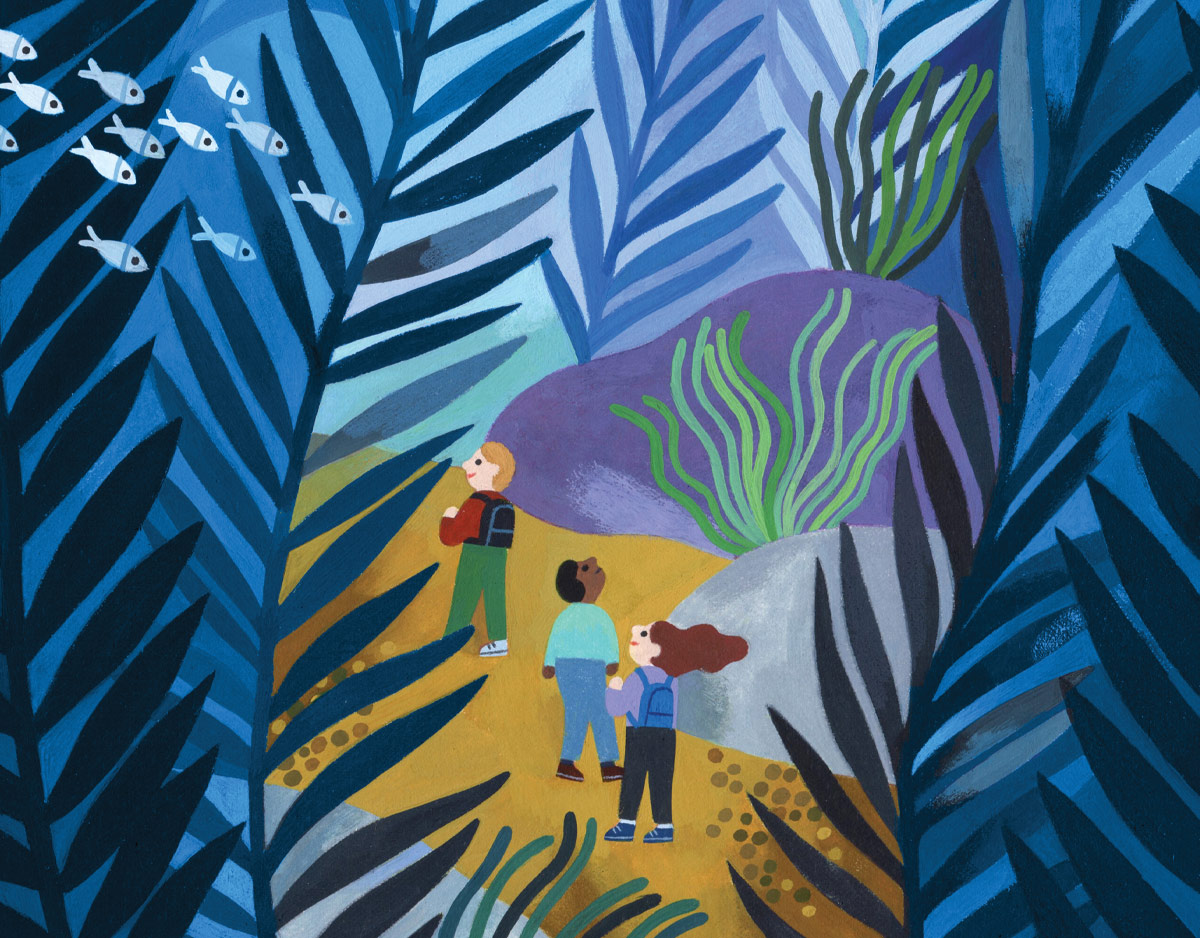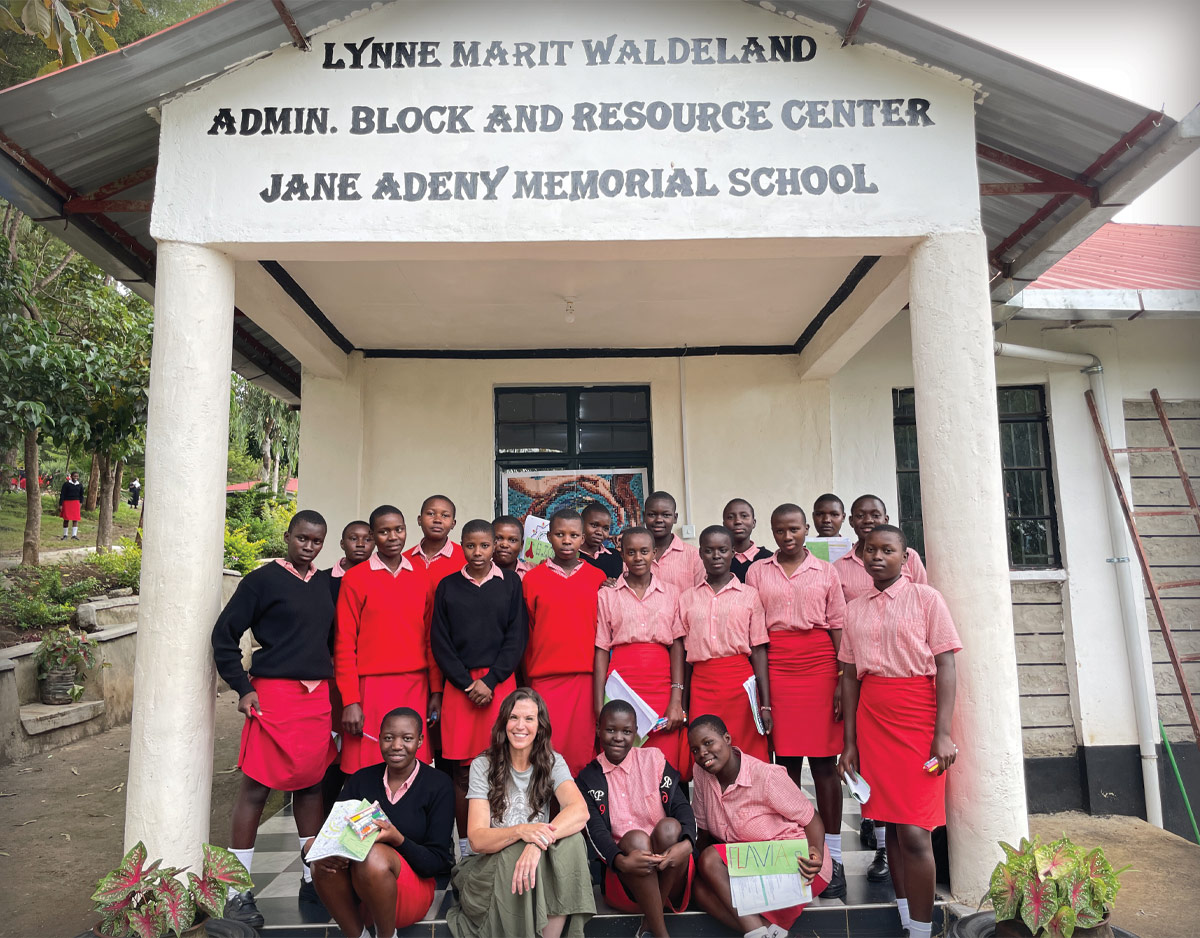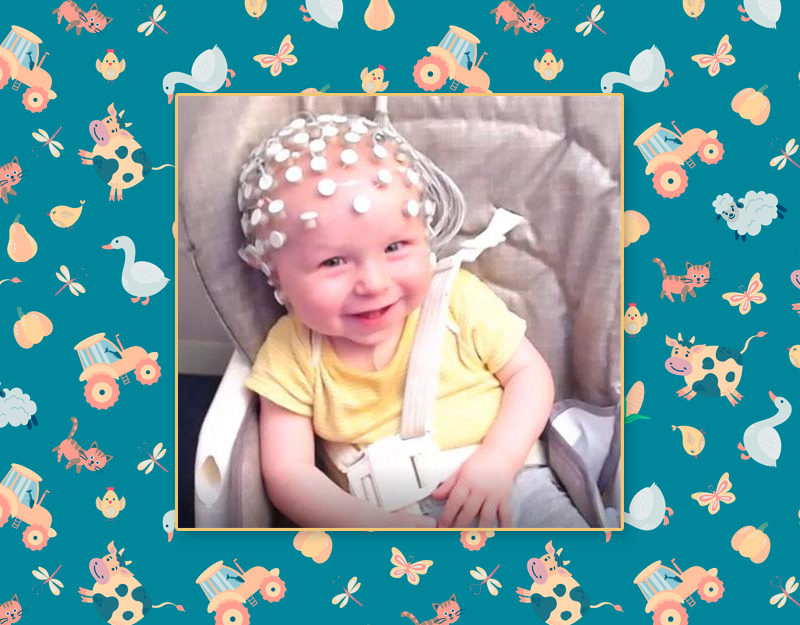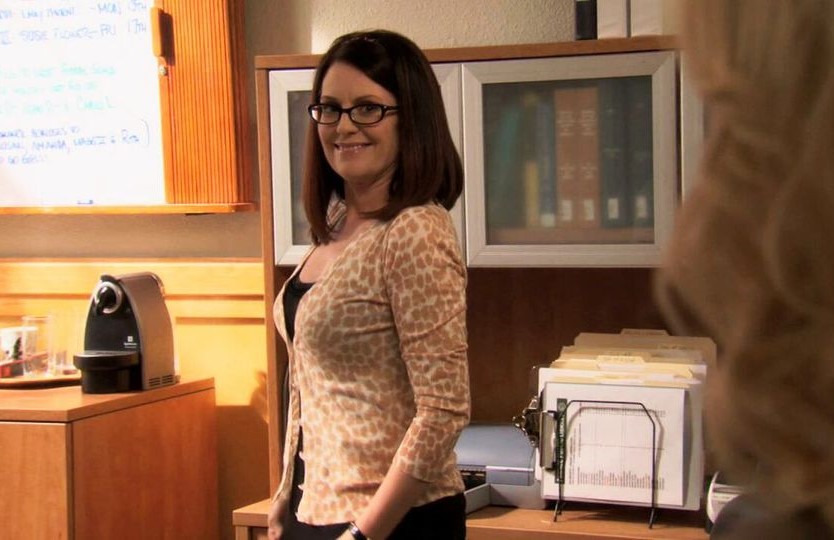SCROLL DOWN TO READ THE POST
5 Reasons ‘Blancanieves’ is the Most Thrilling ‘Snow White’ Ever
People like me probably tend to overuse the term “Disneyfication.” After all, Disney isn’t the only media publisher who alters content to make it more palatable to younger demos and modern audiences. Besides, the first-ever feature length film that took this approach was 1937’s Snow White and the Seven Dwarfs, and it’s terrific—smart, creative, groundbreaking. And I’m not sure if we can “blame” the film’s success for the cultural influence it exerted in the decades following; sure, the pernicious “Disney Princess” gender stereotype saw its origin then, but audiences were complicit in the way that they allowed that particular version of Snow White to, in effect, replace the one provided by the Brothers Grimm.
Well, it seems that for the past generation, the pendulum has swung to the other extreme in terms of revisionism, culminating in last year’s release of two live-action Snow Whites that sought to update the story for today’s sensibilities. Arriving today in New York and Los Angeles, then, is another effort in this direction but one that I think will be viewed as a true classic: Pablo Berger’s Catalan production Blancanieves, which switches the setting to the Spanish bullfighting scene of the 1920’s. Now, I am far from a fan of bullfighting, but Blancanieves is so tremendous that it almost made me forget my aversion (plus, the bulls actually make out fairly well, lest you imagine that a lot of cruelty is depicted).
ADVERTISEMENT
ADVERTISEMENT
In fact, the culturally-specific milieu that the film chooses suggests one of the many ways that you could discuss the film with teens (it’s not for younger kids): how might the central premise be updated even more, to the present day, or to a context that would resonate in your community? Could the daughter who follows in her father’s footsteps be a rodeo star, or involved in MMA?
Since Blancanieves is so rich, and in so many ways, there are plenty of reasons to see it and encourage young people to do so as well. And so you’ll have to forgive the hyperbole of the post’s title—yes, the film has its thrilling sequences, but what I also mean is “aesthetically thrilling” and “intellectually thrilling.” A more accurate title might be “5 Reasons You Should Seek Out Blancanieves, Eventually Make it Available to Teen Audiences if You Have a Voice in Programming/Acquisition, and Then Discuss It With Them.” That’s too long, though.
All right, so the reasons Blancanieves is so great are that it’s…
1. Deeply felt. There’s not a lot of conspicuous “cleverness” on display. Many aspects of the tale have been updated, but this is not done for the sake of updating alone, but rather to help us connect with the themes of the source material in a fresh way. Yes, Berger is aware that he’s revising Snow White, and at one point the characters even reference Snow White, but it’s not a case of simply leveraging a fairy tale “brand” to tell what’s otherwise a completely different story.
2. Child-centric. We don’t start with a Snow White who’s already grown-up, or at least on the cusp of adulthood. Most of the film concerns the young Carmencita and the Cinderella-esque cruelties that her stepmother visits upon her; also during this period there’s a focus on the child’s bonding with her father. This lends an emotional depth to the characters and subsequent plot developments that just aren’t there if the Snow White character is immediately presented as being of marriageable age.
ADVERTISEMENT
ADVERTISEMENT
3. Refreshing in terms of gender roles. I just hinted at this above, in that the main character isn’t presented as a princess in search of a prince. Of course many recent Snow White adaptations try to have it both ways—making the character some kind of warrior, or “equal” to the male characters, but also playing up the attractiveness and/or availability of some hunky male lead. There’s nothing like that here. Also, throughout there’s a subtle confluence of male and female cultural roles, as when , for example, a parallel is drawn between traditional dance and corrida de toros—visually signaled by an affinity shared by the swirling skirts of flamenco and the swirling capes of the ring.
4. A silent film in black-and-white. Blancanieves is more of a pure/traditional silent film than The Artist (which I do like), and therefore terrific for teaching storytelling in moving-image media, especially in regard to montage. I have nothing against opulence and color in fairy tale adaptations, but Blancanieves is stunning in other ways, and the visual delights here are always in service to character and situation.
5. Not just scary (like other Snow Whites), but tragic. Tragedy as a dramatic mode is something we often try to shield young people from, as if they’ll be emotionally damaged by it. We do a disservice when that’s the case, essentially engaging in Disneyfication ourselves. At the same time, in terms of genre study, the shift in Blancanieves to drama in the first place is worth noting—we expect Grimm and similar fantastical texts to be always in the fantasy genre, but this proves that that doesn’t have to be the case.
Okay, so I’ll close with the trailer, which I personally am glad I didn’t watch until after seeing Blancanieves. But for the skeptical or the recklessly intrigued, it really does provide a sense of the film’s wonders.
Filed under: English, Media Literacy, Movies, Transliteracy
About Peter Gutierrez
A former middle school teacher, Peter Gutierrez has spent the past 20 years developing curriculum as well as working in, and writing about, various branches of pop culture. You can sample way too many of his thoughts about media and media literacy via Twitter: @Peter_Gutierrez
ADVERTISEMENT
SLJ Blog Network
Our 2025 Mock Caldecott Program
The Scourge of Upside Down Knitting Needles: 2024 Edition
Exclusive: Random House Graphic to Launch Global Comic Line Ink Pop | News
Lockdowns & Lockouts: Favorite Book Series Give Middle Grade Readers Shelter, a guest post by author Terri Farley
The Classroom Bookshelf is Moving
Gayle Forman Visits The Yarn!
ADVERTISEMENT
ADVERTISEMENT









